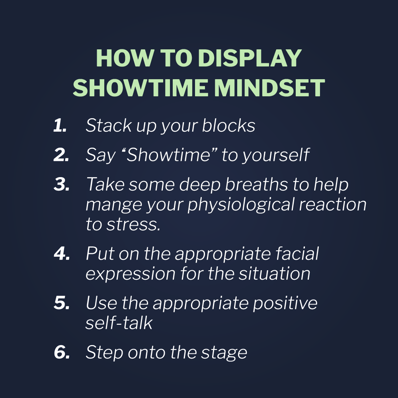In healthcare's high-pressure environment, a crucial professional capability often goes unrecognized and untrained: emotional regulation under stress. While clinical skills receive rigorous attention during professional education, the ability to maintain psychological equilibrium amid challenging situations is frequently left to develop through painful trial and error—if it develops at all.
As Mental Health Awareness Month prompts reflection on professional well-being, it's time to recognize emotional regulation not as an innate personality trait but as a teachable skill that deserves systematic development comparable to clinical expertise.
Why Emotional Regulation Matters
Healthcare professionals routinely face situations that trigger stress responses resulting in:
- Confrontational interactions with patients or families
- Making high-stakes clinical decisions with limited information
- Ethical dilemmas without clear solutions
- Resource constraints that force difficult prioritization
- Traumatic events requiring immediate responses
Without effective emotional regulation, these triggers can overwhelm cognitive function; thereby, impairing clinical judgment, communication, and team coordination. The resulting dysregulation contributes to medical errors, interpersonal conflicts, and eventual professional burnout.
Beyond individual performance, healthy emotional regulation significantly enhances:
- Patient safety by maintaining cognitive clarity under pressure
- Team effectiveness through regulated communication during crises
- Organizational culture through the modeling of professional composure
- Career longevity through sustainable stress management
- Personal well-being through reduced physiological stress
Vistelar's Approach to Emotional Regulation
Several components of Vistelar's methodology directly enhance emotional regulation under pressure:
1. Respond, Don't React
This foundational method creates critical space between stimulus and response:
- Identifying personal conflict triggers that provoke emotional reactions
- Building trigger guards that recognize when these triggers occur
- Developing perspective-shifting techniques that reframe triggering situations
- Implementing physical regulation techniques like tactical breathing
- Deploying mental interventions that maintain cognitive function under stress
2. Showtime Mindset
This preparation method creates psychological readiness for challenging interactions:
- Adopting a confident posture that influences emotional state
- Using controlled breathing to manage autonomic nervous system responses
- Managing facial expression to support internal emotional regulation
- Employing positive self-talk to maintain psychological resources
- Clearing the mind of extraneous stressors before engagements
3. Be Alert & Decisive
This situational awareness approach enhances regulation through:
- Paying attention to environmental cues that signal potential challenges
- Trusting instincts about potentially difficult situations
- Developing planned responses for common scenarios
- Maintaining awareness of personal emotional state during interactions
Building Organizational Regulation Capacity
Creating teams with strong emotional regulation capabilities requires systematic approaches:
1. Scenario-Based Training
Effective regulation development requires realistic practice:
- Progressive difficulty scenarios that build capacity systematically
- Realistic stressors that mirror actual workplace challenges
- Immediate feedback on regulation effectiveness
- Video review to identify subtle dysregulation signs
- Repeated practice to build automatic regulation responses
2. Team-Based Approaches
Regulation strength multiplies through team approaches:
- Partner techniques for co-regulation during difficult situations
- Team signals that indicate regulation support needs
- Shared vocabulary for discussing regulation states
- Group practice of regulation techniques
- Collective accountability for team regulation
3. Integration with Clinical Education
Regulation training becomes most effective when integrated with clinical development:
- Simulation exercises that include both clinical and regulation components
- Case studies examining how regulation impacts patient outcomes
- Preceptor modeling of regulation techniques during care delivery
- Competency assessment that includes regulation capabilities
- Continuing education that reinforces regulation skills
Measuring Regulation Development
Several indicators can help organizations assess regulation capabilities:
- Post-incident reviews that evaluate regulation effectiveness
- Patient feedback related to provider composure
- Staff self-assessment of regulation abilities
- Observer ratings of team function under pressure
- Psychological well-being measures among staff
The Business Case for Regulation Training
Beyond improved psychological well-being, emotional regulation training delivers tangible organizational benefits:
- Reduced medical errors through maintained cognitive function
- Decreased patient complaints related to provider communication
- Improved team coordination during crisis situations
- Enhanced recruitment and retention of staff
- Reduced costs associated with burnout and turnover
A New Core Competency
As healthcare continues to face increasing complexity and pressure, emotional regulation deserves recognition as a core professional competency requiring the same systematic development as clinical skills. This Mental Health Awareness Month presents an opportunity to elevate regulation training from an optional wellness activity to an essential component of professional development.
By implementing structured approaches to building regulation capacity—through Vistelar's methodology and other evidence-based techniques—healthcare organizations create not just psychological safety but also operational excellence that serves patients, providers, and the organization itself.








